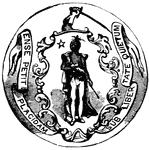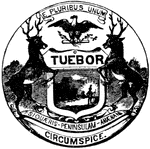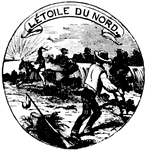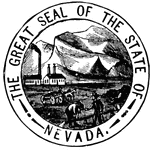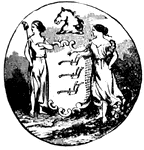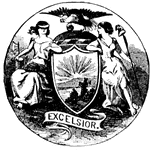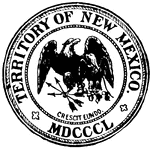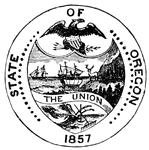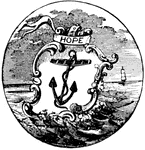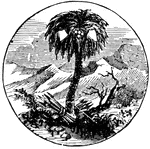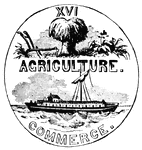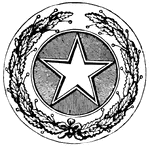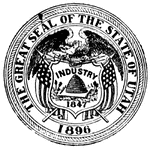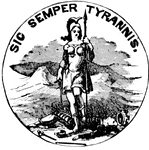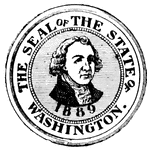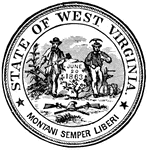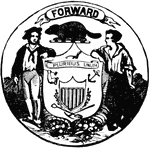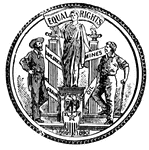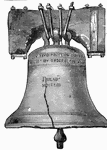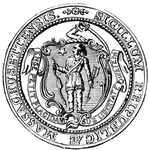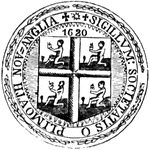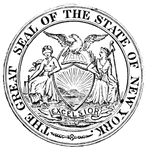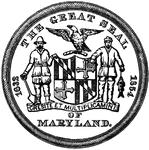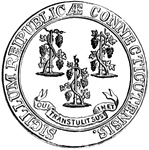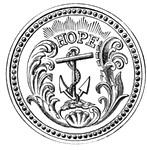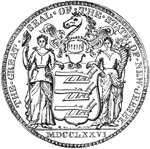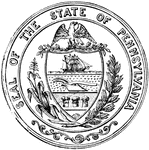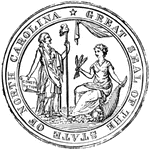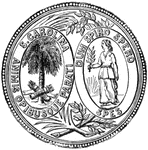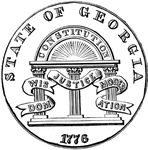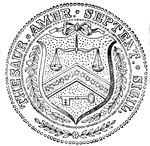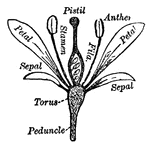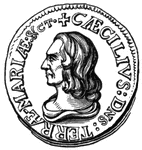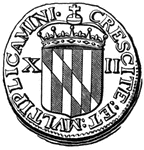
Pennsylvania Seal
Seal of the commonwealth of Pennsylvania, 1904. Motto: Virtue, Liberty, Independence.

Seal
The seal is an aquatic mammal, whose limbs are formed into flippers. The tail tapers at the end of the…

Solomon's Seal Root
In some perennial herbs, prostrate stems or branches underground are thickened with this store of nourishment…
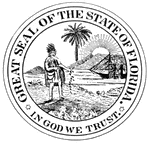
Florida Seal
The former Great Seal of Florida, featuring an indian, palm tree, the sun, and some uncharacteristic…

Bivouac of the Eleventh Indiana Volunteers
Our special artist, who accompanied General McClellan's command, sketched the gallant Eleventh Indiana…

Ulric Dahlgren
"Colonel Ulric Dahlgren, born in Bucks County, Pa., in 1842, died near King and Queen's Courthouse,…
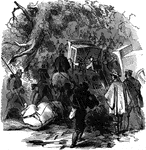
March of General Banks
"Incident in the march of General Banks's Division during a storm in Western Maryland." — Frank Leslie,…

Battle at Potomac
"Engagement between the Federal troops and the Confederates on the Virginia side of the Potomac, opposite…

Edward's Ferry
"Successful retreat of the Federal troops from the Virginia shore across a canal-boat bridge at Edward's…
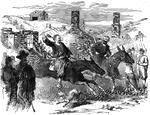
Passage of the Potomac
"A street in Harper's Ferry, VA., during the passage of the Potomac by the Federal troops from Maryland,…

Police Headquarters
"Interior of the outbuilding attached to Marshal Kane's Police Headquarters, Holliday Street, Baltimore-…

Creek Railroad Bridge
"Burning of the gunpowder Creek Railroad Bridge, on the Philadelphia and Baltimore Railroad, by the…

General Alfred Pleasonton
"General Pleasonton, born in Washington, D. C., June 7th, 1824, was graduated at the United States Military…
